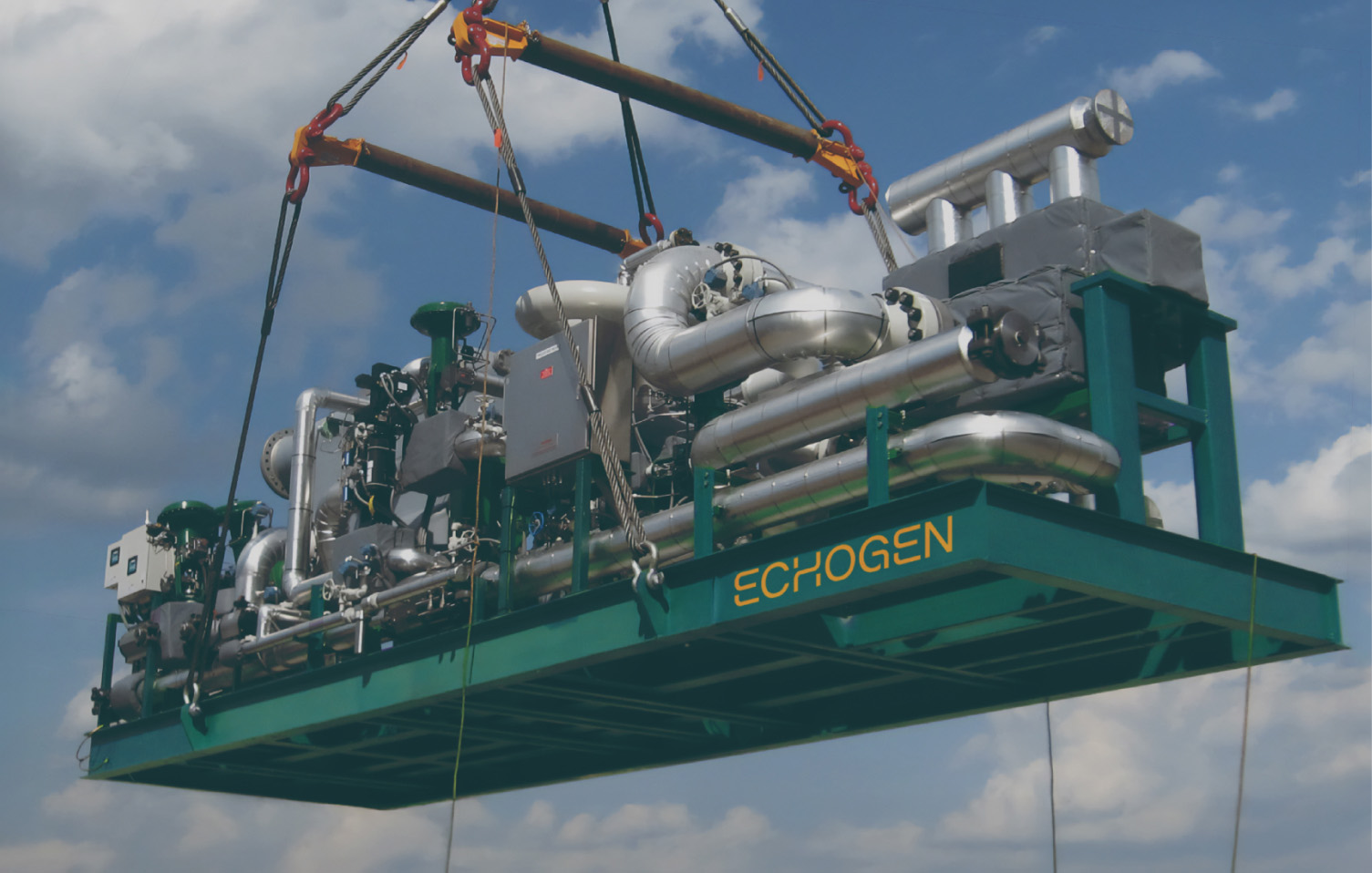The greatest potential source for WHP generation is in the industrial sector. In the United States, the industrial sector remains one of the largest consumers of energy, accounting for approximately 30% of total energy use. Of this, an estimated 20% to 50% is lost as waste heat through exhaust gases, cooling water, and heat lost from heated products and equipment. [Waste Heat...of Energy]
Recent assessments estimate that 1,500 to 3,000 trillion British thermal units (BTU) of waste heat are discharged annually from industrial processes. This low-grade heat (typically under 300°F or 149°C) represents a significant untapped energy resource. If recovered efficiently, it could yield over $50 billion in annual economic opportunity and significantly reduce greenhouse gas emissions. [Title (Use...aceee.org] [Demonstrat...in the ...]
The U.S. Department of Energy has updated its estimate of recoverable electric generating capacity from industrial waste heat to 15 gigawatts (GW). This includes waste heat from industries such as cement, steel, aluminum, glass, chemicals, petroleum refining, and natural gas pipelines. [Waste Heat...t is Power]












